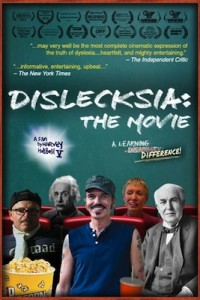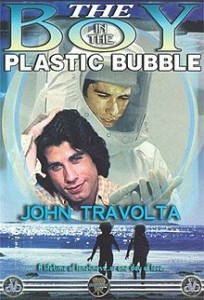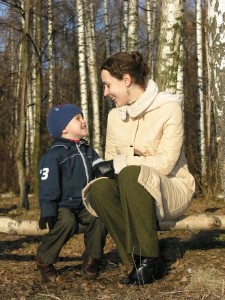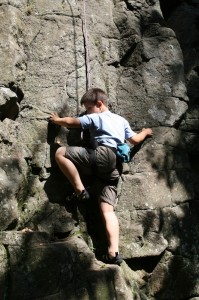When Joe Bruzzese founded Sprigeo in 2010, he wanted to help schools prevent bullying and provide a safe, anonymous method for students to report things that made them feel unsafe. The service has since evolved into a full-fledged school safety tip line reporting system, with a 24/7 call center accessible by phone, email, text, an app, or the website.
“Everything goes through the call center,” explained Bruzzese. “They triage those tips based on pre-set criteria to determine how serious of a threat the tip is. Some are very serious—‘There’s a planned school attack,’ or ‘I’m planning to take my own life and I’m calling or reporting to get help’—to something that’s far less serious, like, ‘I don’t like what they’re serving in the school cafeteria.’ We get the gamut of reportable tips, not all of which qualify obviously as a school safety threat.”
A virtual company from the get-go, Sprigeo now serves more than 4,000 schools across 28 states as well as administering the statewide tip lines for Oregon and Idaho. They recently signed on to provide the tip line for the state of Illinois, their largest customer so far.
That provides a lot of data to digest. One trend that Bruzzese sees is an uptick in middle-school students “really struggling with cutting and depression and other forms of self-harm.” Vaping is also on the rise, not just in high school but in middle school. Prior to the pandemic, Sprigeo was working on a series of videos featuring high schoolers telling middle schoolers how “uncool” and unhealthy vaping really is.
Unfortunately, that project is on hold at the moment, but one thing the company has been able to move forward on is an online educational conference that will launch on September 14.
“The culture around meetings and professional development really has changed, and people are now very comfortable with sitting in front of a screen and attending a Zoom meeting or a training session,” explained Bruzzese. “Districts still have the same professional development requirements by law, [so this is] helping them in a way that makes sense, which has been great. Everyone is really looking for opportunities for quality online training.” sprigeo.com
Tech Talk Special Issue for the Santa Barbara Independent, originally published on October 1, 2020.
To read the issue as it appeared in print, please click here, Tech Talk 768_10_01_20

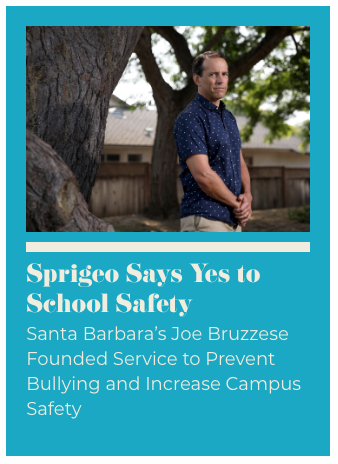
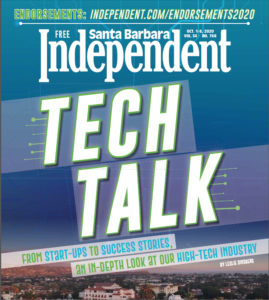
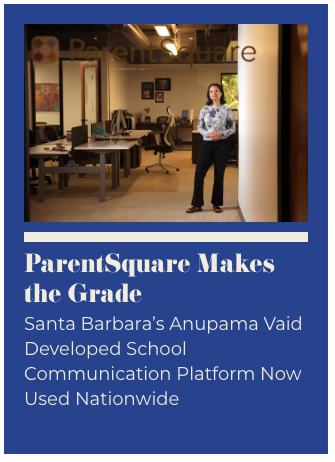
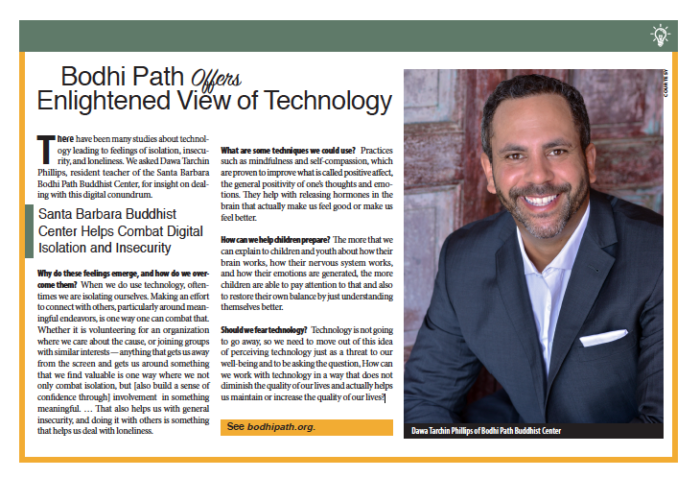
 Click
Click 